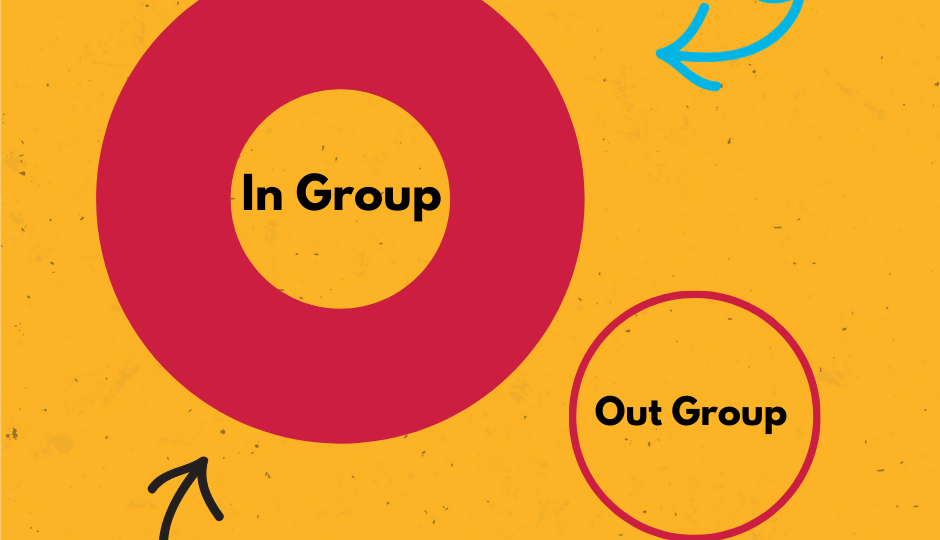
One of my first leadership positions was at an insurance company leading a group of 17 licensing contractors. I was fresh in my leadership career! During this period, we asked my team members to give me feedback. One of my team members made the comment in my 360 that they thought I played favorites. I was surprised and hurt and immediately dismissed this notion. (Remember, young Sarah hadn’t realized the importance of curiosity!)
Around this same time, I was also completing coursework for my Master’s degree. I was introduced to the concept of the Leader-Member Exchange Theory or LMX. The basic idea of LMX is that as a leader we have different relationships with each of our team members. And that relationship impacts how we show up with that team member and vice versa. Most of us think we are good people with good intentions and we don’t intentionally play favorites as a leader. The reality is, there are just people we connect better with, easily build trust with, and readily have transformational conversations with. Thus, we treat them differently.
It sounds nice and easy to become aware of this, right? I’m going to take you through the same exercise we did in my Master’s class to expand this theory. This exercise takes courage and a willingness to explore your blind spots. Ready?!
Step One:
Take a look at your team or people you work with. Divide them into two categories. Your In Group is comprised of people who you have high trust and feel genuinely connected with.The second group is your Out Group. These are team members who you just don’t connect with. They may not be bad team members, you just don’t trust them or know them as well as those in your In group. Remember, this is a fearless audit, which means it might be uncomfortable to admit people fall into an In and Out group. You don’t have to share this list with anyone. This is a tool for you to step into your blind spots and recognize that you might have some biases.
Step Two:
Choose one name from your In Group and one name from your Out Group. List them side by side in a column. Reflect on how you would describe your relationship with each person. What kind of conversations do you have? What might you ask of one person but not the other? How do you show up with each person?
What typically emerges from this exercise is that we see how we treat people differently in our In Group than our Out Group. At least, this is the major A-Ha! moment I had in my Master’s class. I discovered that I was more friendly and more curious with my In Group. I had more transformational conversations (sharing and discovering). I would ask more questions about their life outside of work. And, I was more likely to give them opportunities at work. I was doing this completely unconsciously. It wasn’t that everyone in my Out Group was an unproductive or bad team member. We just hadn’t connected on the level as those in my In Group.
Now that you know the “Why Do” I treat team members differently, it’s time to put this into action and address the “How To“. Onto the next step!
Step Three:
Your job as the leader is to work to bring those in the Out Group into the In Group. It’s YOUR job to do this work. What can you do to get to know your team members in new ways? What assumptions are you making about them that might be limiting your relationships? After I completed this activity, I made a conscious effort to connect more with team members in my Out Group. I asked more questions about things that were important in their personal lives. I tried to have more transformational conversations (sharing and discovering). I got curious and compassionate. I intentionally worked to build a higher trusting relationship.
What happened? I developed deeper relationships with those team members. Their engagement increased and so did mine. It helped me see how leaving my relationships to chance, meant my impact was left to chance as well.
LMX lends itself to more self-awareness. Being self-aware isn’t saying “I don’t play favorites.” Being self-aware is recognizing that you may have blindspots from unconscious beliefs and actions. Being self-aware is using tools to assess how you can shed these biases and show up better for your Out Group. After all, don’t we all deserve to be treated as the In Group?

